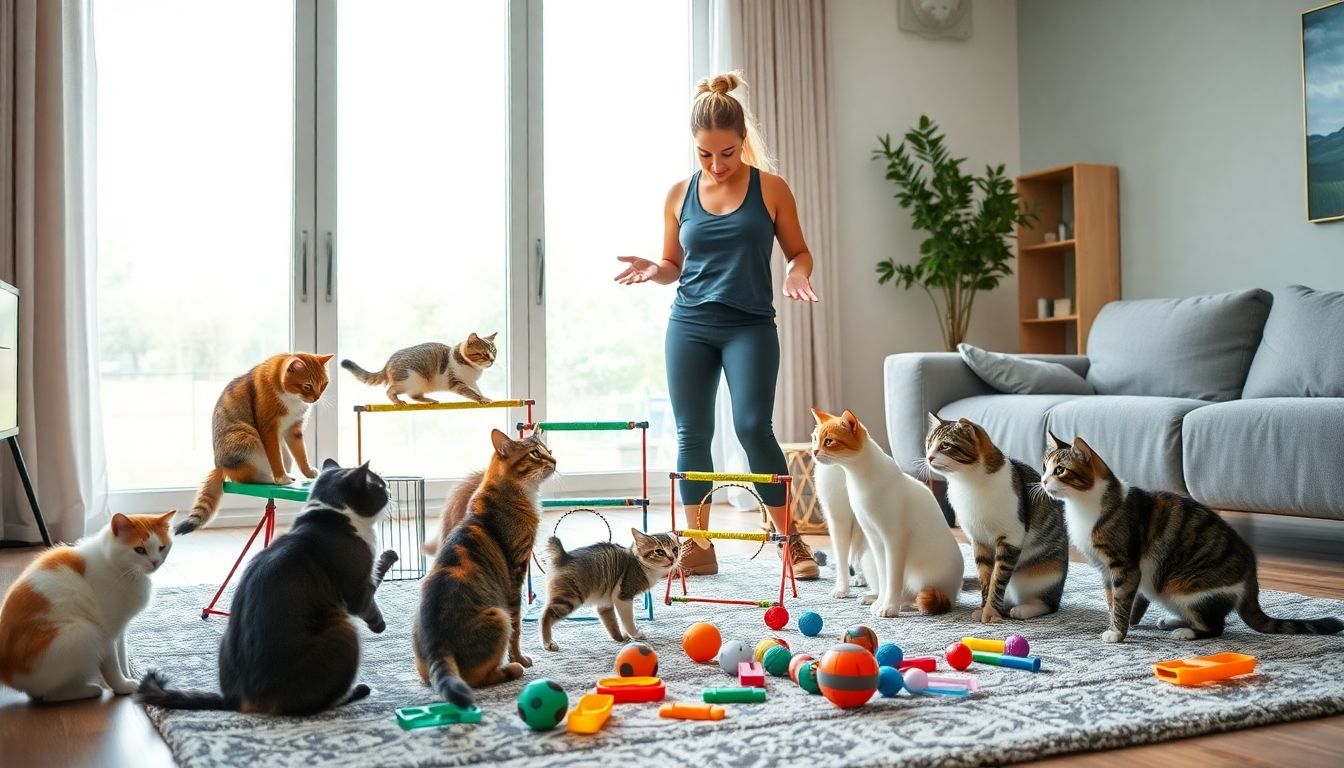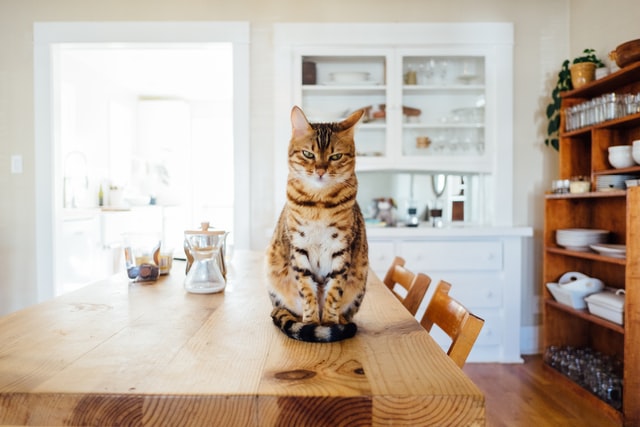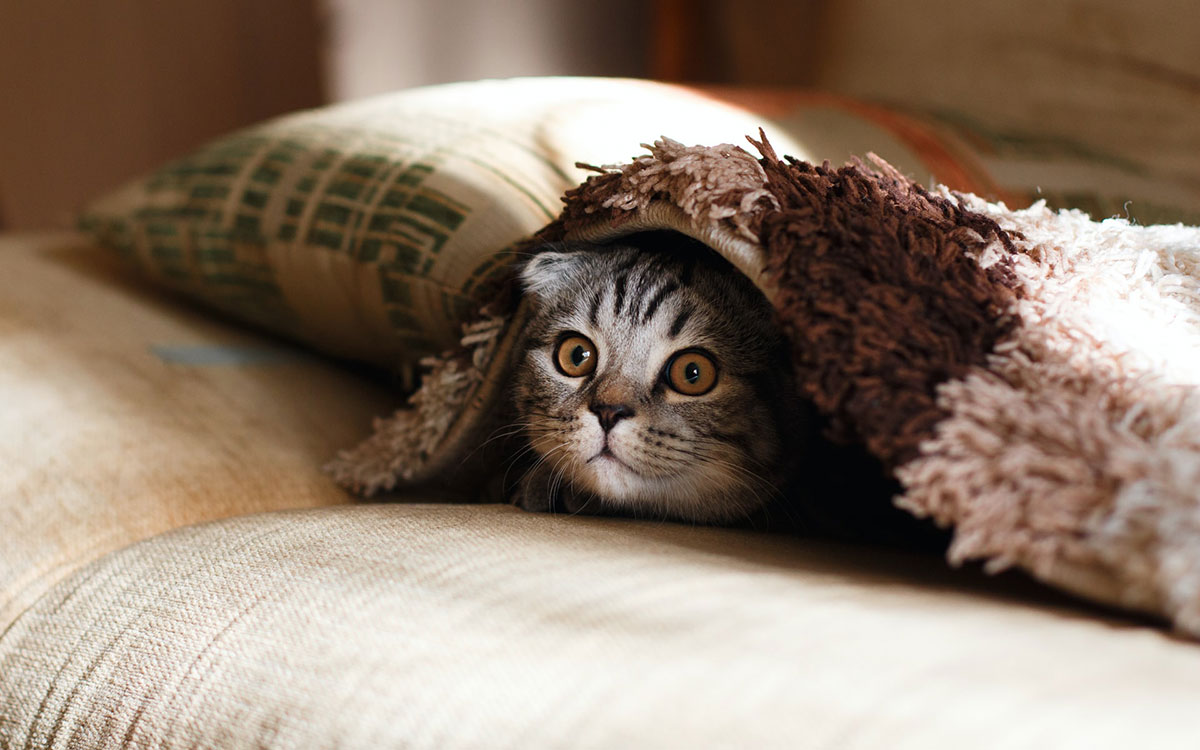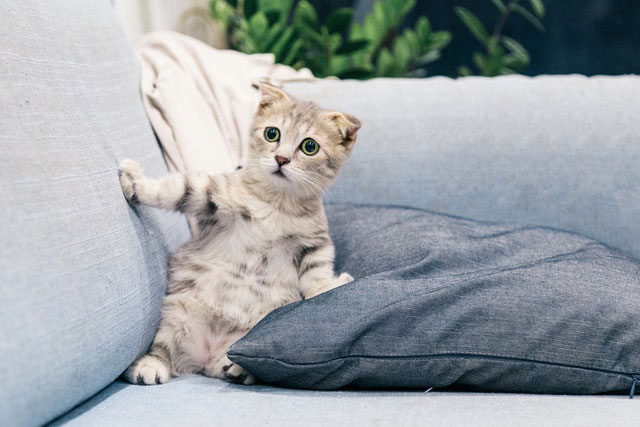Introduction
Getting your cat to eat well is not simply a matter of filling its bowl. Many owners struggle with picky eaters, overeating, or food aggression. These behaviors can create stress and frustration.
A structured feeding training program can change everything. It helps teach your cat good eating habits, which fosters trust and comfort. By taking charge of the feeding routine, you also create a stronger bond with your kitty, leading to a happier relationship.
Understanding Feline Nutrition and Feeding Needs
The Lowdown on Feline Nutrition
Cats are obligate carnivores, meaning they depend on meat to thrive. Their primary nutritional needs are high-quality protein, healthy fats, vitamins, and minerals. A lack of these essential nutrients can lead to health issues, such as urinary complications or obesity.
The choice of feeding—whether commercial or homemade—is vast. Commercial diets offer a balanced combination of vitamins and minerals, though they should be selected with care. Homemade diets can also work if formulated properly, but this often requires the guidance of a veterinarian.
Clinically Speaking: For healthy maintenance, adult cats need about 2 grams of protein per pound of body weight daily. Proper nutrition is vital for your cat’s energy and overall health.
Age, Lifestyle, and Special Dietary Needs
Different life stages have distinct nutritional needs. Kittens require small, frequent meals packed with nutrients, while senior cats often need specialized low-calorie diets due to health conditions.
Outdoor cats tend to burn more calories and need additional hydration compared to indoor cats, who tend to be less active and may require fewer calories to prevent weight gain.
If your cat has allergies or medical conditions, it may need a specific diet that your veterinarian can recommend.
The Epistemological Background Behind Eating Behavior in Cats
Cats learn their eating habits based on their environment, and a structured feeding schedule helps them feel secure. Cats thrive when they associate the feeding area with comfort and consistency.
Environmental changes or irregular feeding times can cause stress and lead to picky eating. Cats are fast metabolizers and generally prefer smaller, more frequent meals throughout the day.
How to Set Up the Feed the Cats Training Program
Aims and Expectations
Start by setting clear objectives. Do you want your cat to eat on a schedule? Or perhaps eliminate food aggression? Defining your goals will help create a focused training plan. Track progress and be prepared to adjust your approach as needed. Patience is key, as success may take time.
Devising a Feeding Schedule that is Consistent
Cats thrive on routine. Feeding your cat at the same time each day fosters a sense of security and reduces stress.
Sample feeding schedule:
- Kittens: 4-5 small meals daily
- Adults: 2-3 meals per day
- Seniors: 1-2 meals in small portions
Use apps or timers to ensure consistency and avoid missed meals.
Identifying the Right Feed and Feeding Tools
Select food that matches your cat’s age and condition. Wet food is a great option for hydration, while dry kibble helps with dental health. Raw diets can also be an option but require special care and handling.
Feeding tools like shallow bowls or puzzle feeders can slow down fast eaters and encourage natural hunting behaviors. Avoid cheap, low-quality foods that lack essential nutrients; invest in high-quality products for better health outcomes.
Training Techniques into Feeding Habits
Positive Reinforcement Strategies
Reward your cat for calm eating or using its designated feeding area. Treats, praise, or playtime can be effective rewards. Never punish or scold your cat for being picky—it’s important to foster trust and reinforce positive behavior.
Teaching Cats to Use Feeding Areas Properly
Designate a quiet, stable location for your cat’s feeding area. Reward your cat whenever it eats in that spot. If your cat refuses to eat there, try placing tasty treats nearby to create a positive association with the location.
Managing Food Aggression and Overeating
Watch for signs of food aggression, such as growling or swatting. If you have multiple cats, provide each with its own feeding station to avoid conflict. Use a measured portion or a timed feeder to prevent overeating and reduce food-related fights.
Resolving Common Problems
Cats Won’t Eat or Are Picky
If your cat suddenly refuses to eat, it could be a sign of illness. Always consult a veterinarian to rule out health issues.
For picky eaters, try heating the food, offering a variety of flavors, or using food toppers. Sometimes, simply moving the food dish to a new spot can help.
Dealing with Feeding Disruptions
If your schedule is disrupted, remain consistent with feeding times and offer tasty food options. With patience, your cat will adapt to changes without stress.
Conclusion
A structured feeding training program is more than just about filling a bowl—it’s about ensuring your cat’s health and happiness. By establishing good routines, you can prevent health issues, reduce unwanted behaviors, and make life easier for both you and your feline companion. Start implementing these strategies today, and your cat will thrive in a happier and healthier environment.









